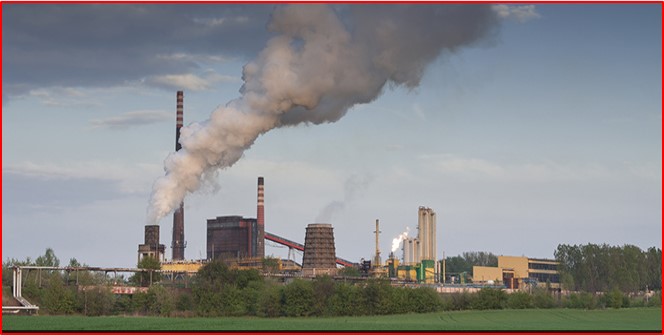A popular quote has recently been in viral on social media. “Nothing is perfect is this world, everything has its pros and cons.” Pakistan cement industry has just recorded a growth of 7% with cement’s production capacity grew around 64 million tons in Financial Year 2020 from 60 million tons in 2019. However, that has also made the local cement industry the single largest source of carbon dioxide (CO2) emissions in Pakistan. It’s definitely worrisome because cement is an essential building block of development, however shouldn’t be at the cost of public health and environment.
According to an independent European environmental think tank the Centre for Research on Energy and Clean Air (CREA) the industrial sector — cement makers in particular — is the largest contributor to carbon emissions and is responsible for the one-third increase over the past decade. That let us to review the factor of significance and sustainability of local cement industry.
Cement Industry Viability & Expansion
Cement is prominently an important sector of the country, and is also vital for its economic development. The country’s infrastructural developments and construction activities alongside multiple allied sectors (steel, wood, tiles etc.) are directly influenced by the performance of cement sector. The Cement Sector of Pakistan is composed of 19 companies of which 16 companies and 24 plants are operational.
Amid covid-19 crisis, global cement consumption has witnessed a decline across almost all regions, but later increased sizably. The beginning of construction activities under the Naya Pakistan Housing Scheme and good spending under the Public Sector Development Program (PSDP) pushed up local cement sales by 20.40%, making it from 39.965m tons in 2020 to 48.119 million tons in 2021. According to the All Pakistan Cement Manufacturers Association (APCMA) spokesman the year 2021 has been a good year for cement as demand has grown considerably.
The APCMA says the cement industry is expanding its capacity from 70 million tons to around 100 million tons with the hope that the demand would rise by 15% annually for the next three years. It would be due to increase in allocation in PSDP and increase in China-Pakistan Economic Corridor-related projects along with housing and industrial demand.
Cement’ Contribution in Carbonization
Now according to research by CREA, Pakistan’s cement industry is the single largest source of carbon dioxide (CO2) emission, a highly hazardous gas, whereas various elements of the country’s energy sector are responsible for 90% of these discharges. The study shows coal and natural gas contributed more than 90% to the power sector’s CO2 emissions in 2019-20, with coal contributing the highest share, followed by gas and oil. Emissions from coal saw the highest growth rate in the recent past. It is a vital ingredient of cement making has been responsible for 19% of the emissions in 2018-19..
The study further identifies power sector is responsible for over one-quarter of the total emissions while fossil fuels are responsible for two-thirds of power generation. It says that CO2 emissions from the consumption of fossil fuels such as oil, gas and coal in Pakistan have more than doubled in the last two decades. Yet, cement industries in particular, was the largest contributor of carbon emissions and was responsible for 1/3rd increase over the past decade.
Ecofriendly Cement Production
The global cement industry is conducting significant research to reduce CO2 emissions. However, most of the cement factories in Pakistan, on the name of environment safety, have installed electrostatic precipitators and bag filters to control their TSP emissions (Total Suspended Particles). But that doesn’t arrest carbon dioxide.
Traditionally, manufacturing is done with burning of fossil fuels such as coal, natural gas, or fuel oil. By replacing fossil fuels with waste materials such as sewage sludge, waste oil and biomass as alternative fuels, a significant CO2 reduction of 12% can be reached, as recommended globally.
The second tech is Novel cement making. Also known as green cement, it is produced by implementing a carbon-negative manufacturing process and using renewable electricity, which is being globally adopted nowadays. Besides, advanced carbon capture and storage methods also have the potential to decarbonize the cement industry.
By
Editorial, Infocus


